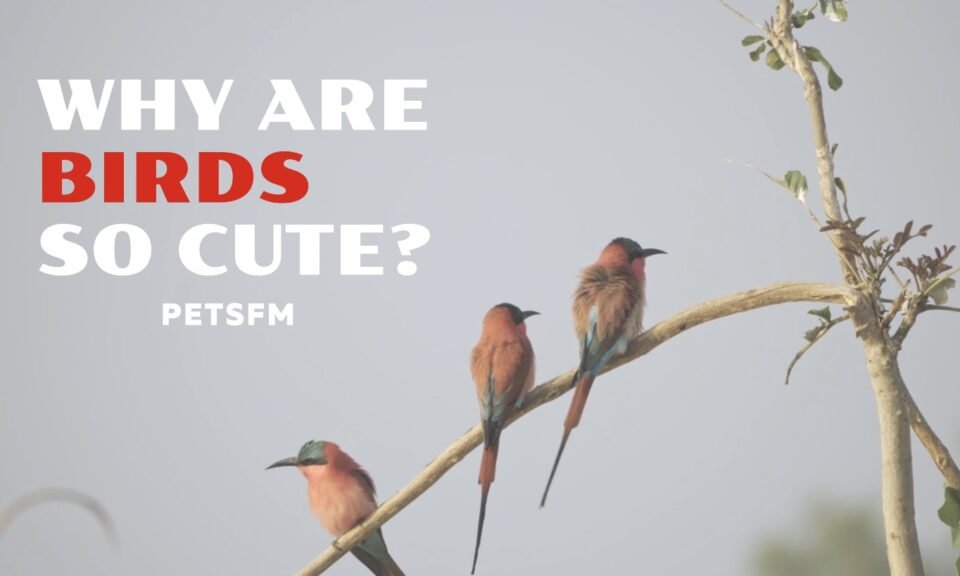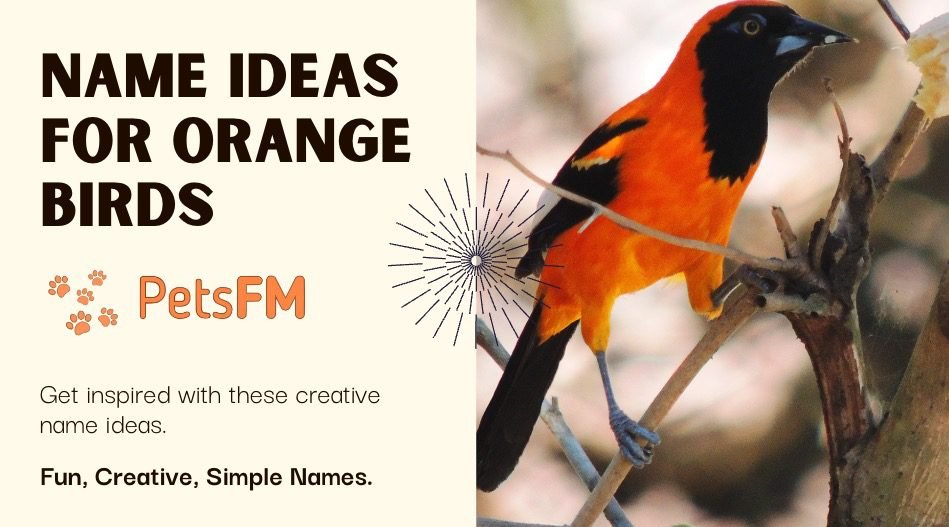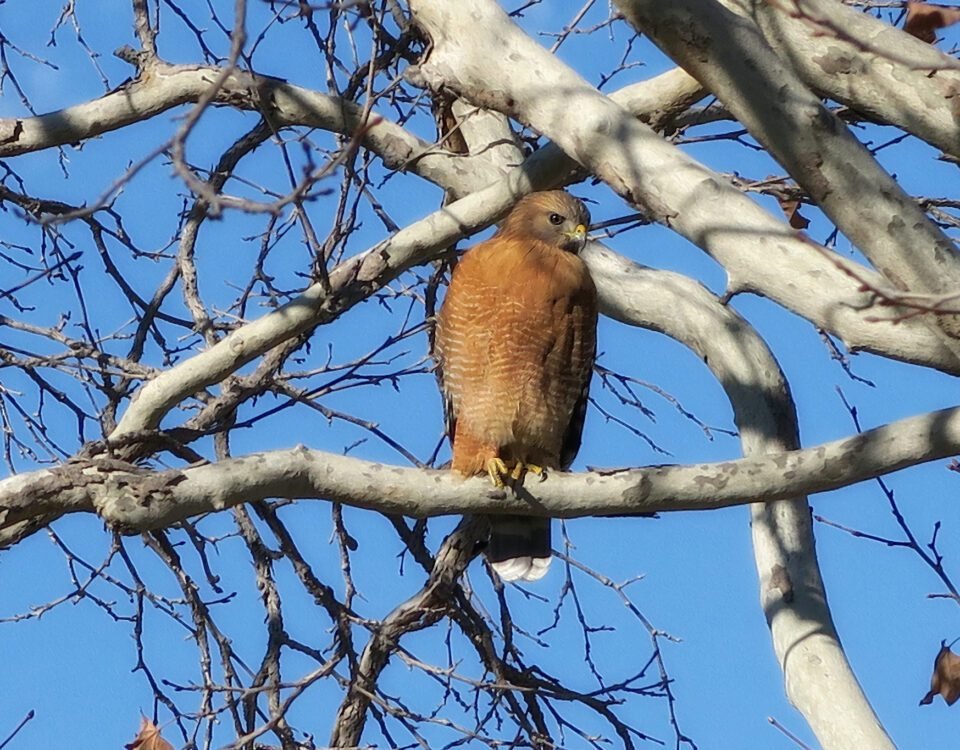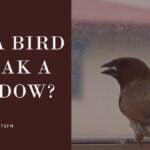


Can A Bird Break A Window? The Physics Explained
September 17, 2023


Why Do Birds Attack Cats? Understanding and Prevention
September 19, 2023There’s no denying the captivating allure of birds. They charm us effortlessly with their vibrant hues, varied shapes, and soothing songs. But have you ever wondered what makes these feathered friends so irresistibly cute?
In this article, we delve into the unique aesthetic characteristics of birds, unraveling the science behind their charm, and discover why these delightful creatures captivate our hearts.
Editor’s Pick: Why Do Birds Get Aggressive? What You Need to Know?
Features that Make Birds Stand Out
Birdwatching is not just about spotting a bird; it’s about acknowledging the beauty, complexity, and alluring nature has bestowed on these marvelous creatures.
From petite, chirping sparrows to majestic soaring eagles, birds come in all sizes, colors, and temperaments. Their diversity in form and function is what makes birds fascinating.
1. Fluffy Feathers
Feathers are indeed nature’s fluffy masterpiece. Many bird species have unique and distinctive patterns on their feathers, adding to the overall beauty of birds.
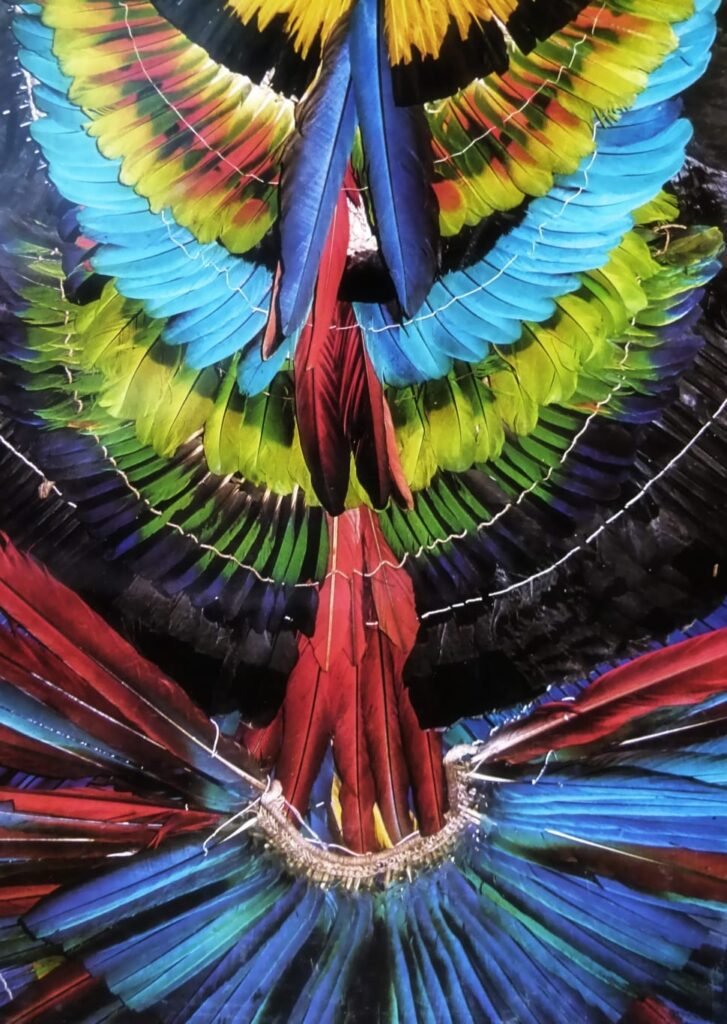

Fluffy Feathers
Their soft and fluffy texture gives birds an endearing and cuddly appearance, making them incredibly cute.
Structure of Feathers
Each feather has a central shaft called the rachis, which provides support and strength.
Extending from the rachis are numerous branches known as barbs. These barbs are further divided into even smaller branches called barbules.
The interlocking of these barbules gives feathers their fluffy and intricate appearance. This interlocking mechanism helps maintain the feather’s shape and aids in waterproofing, as birds often produce oils that they spread over their feathers to repel water.
Purpose Feathers Serve
Feathers provide insulation, helping birds regulate their body temperature. They act as a barrier, trapping air close to the bird’s skin and preventing heat loss.
Feathers also serve as a protective layer, shielding birds from the elements and potential injuries. Additionally, these intricate structures play a vital role in courtship displays and communication among birds.
Source of Fashion Inspiration
Feathers have been a source of inspiration for various human creations, from fashion to art. Their softness and delicate nature have been replicated in fabrics and designs.
Feathers have also been used symbolically in many cultures, representing freedom, spirituality, and transformation.
2. Captivating Eyes
The eyes of cute birds have a unique charm that can melt hearts. One of the reasons why bird enthusiasts find their eyes so adorable is their size.
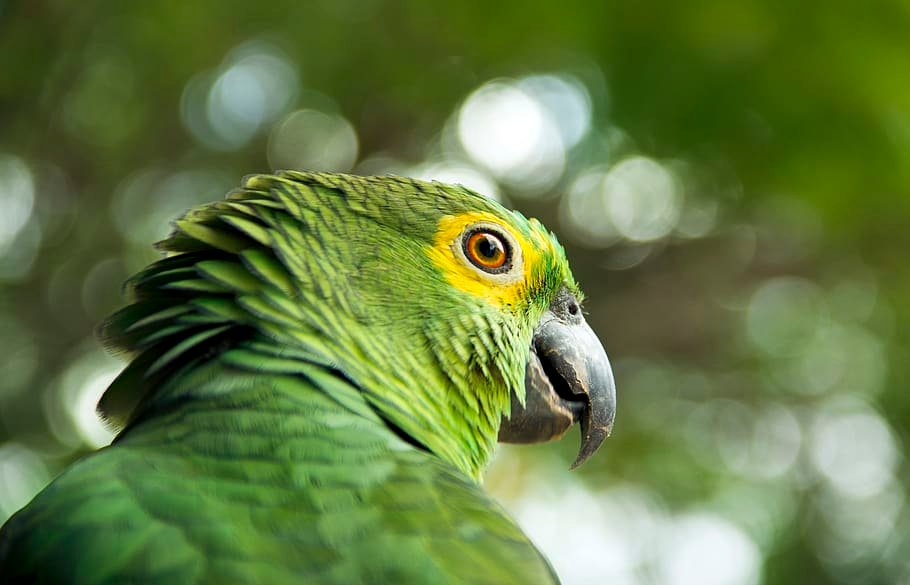

Bird Eyes
Many birds have relatively large eyes in proportion to their body size, which gives them a wide-eyed and innocent appearance. These big, round eyes instantly connect with humans, as they resemble human babies’ eyes, often considered cute and endearing.
Lively Colors
Many bird species have beautifully colored eyes, ranging from bright yellows and oranges to deep blues and greens.
These striking colors add to the bird’s overall attractiveness, making its eyes stand out and capturing our attention. The large size and vibrant colors make their eyes captivating and irresistible.
Shape of Eyes
Most birds have round or oval-shaped eyes, commonly associated with innocence and gentleness. The soft curves of their eyes give them a gentle and friendly expression, making us feel drawn to them.
Furthermore, the placement of their eyes on the sides of their head allows for a wide field of vision, giving them an alert and curious look that adds to their charm.
Conveying Emotions
The expressiveness of bird eyes is another factor that makes them so endearing. Birds are known for their ability to communicate through body language, and their eyes play a significant role in this communication.
Whether it’s a curious glance, a pleading look, or a playful twinkle, birds can convey a wide range of emotions through their eyes. This expressiveness creates a sense of connection and empathy, making us deeply affectionate these adorable creatures.
3. Colorful Plumage
Many bird species have vibrant and colorful plumage, making them visually appealing. Birds come in various colors, from a cardinal’s bright red to a peacock’s iridescent blue.
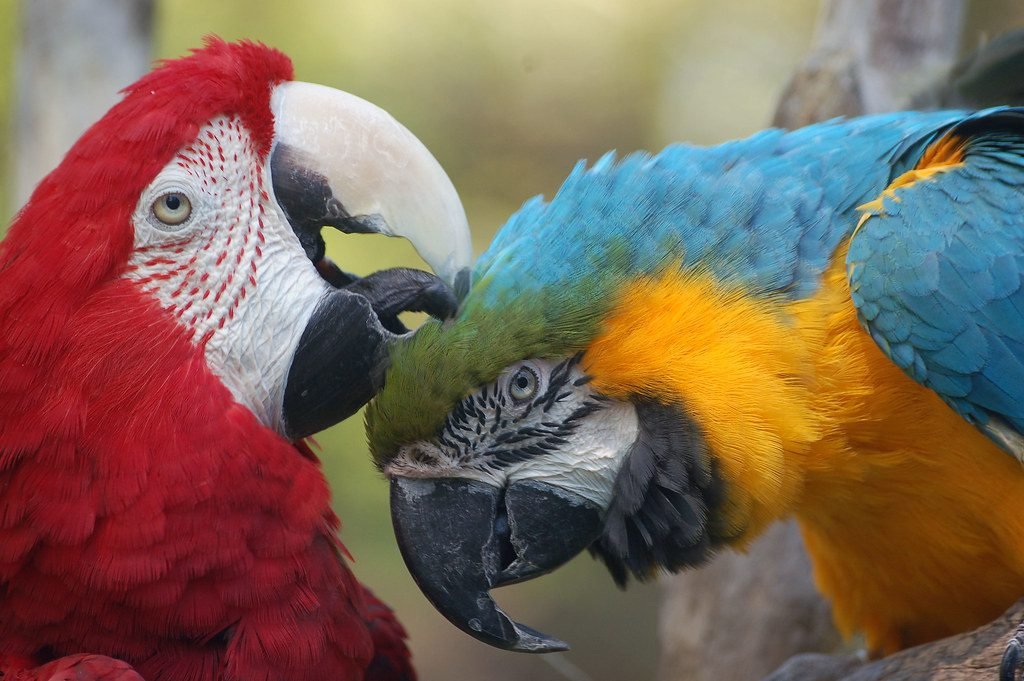

Overall, birds’ colorful plumage adds to their charm and makes them stand out in the animal kingdom.
Structural Coloration
The vibrant colors of birds’ plumage are not simply a result of pigmentation but also of structural coloration. Structural coloration is the phenomenon where the microscopic structure of feathers reflects and refracts light, creating the appearance of different colors.
This is why some birds, like hummingbirds or peafowls, seem to change colors depending on the angle from which they are viewed.
Purpose Colorful Plumage Serves
Birds’ colorful plumage also serves essential functions in their survival. For example, some birds have evolved to have bright colors to warn predators, indicating they are toxic or dangerous.
These colors are also crucial for attracting mates in birds. For instance, male birds often have more colorful plumage than females, which helps them attract mates during the breeding season.
Birds also use their colorful plumage to blend in with their surroundings. By matching the colors of their environment, these birds can hide from predators or sneak up on their prey. Some birds have also evolved to have bright colors to warn predators, indicating they are toxic or dangerous.
Stunning Bird Species with Vibrant Colors
Among various avian species, an immense variety of vibrant and mesmerizing hues unfailingly catch human admiration. The following table highlights some of the most beautiful bird species, outlining their distinctive colors:
| Bird Species | Primary Colors |
|---|---|
| Peacock | Blue, Green, Bronze |
| Scarlet Macaw | Red, Yellow, Blue |
| Flamingo | Pink, Creamy-White |
| Golden Pheasant | Gold, Red, Blue |
| Blue Jay | Blue, White, Black |
| Mandarin Duck | Purple, Gold, Red |
| Rainbow Lorikeet | Blue, Green, Red |
| Hummingbird | Green, Blue, White |
4. Unique Beaks
The vibrant colors and patterns often found on bird beaks make them irresistibly cute. Many birds have brightly colored beaks ranging from vibrant reds and yellows to striking blues and greens.


Beaks
These colors serve as visual signals for attracting mates or establishing territory, adding to their attractiveness. The combination of unique beak shapes and eye-catching colors makes birds stand out and enhances their cuteness factor.
Also Read: Can A Bird Break A Window? The Physics Explained
Structure of Beaks
A bird’s beak comprises a complex, keratinized outer layer called the rhamphotheca, which covers the underlying bone.
This outer layer is constantly growing, and birds must regularly wear down their beaks by using them to eat, preen, and engage in other activities.
The shape and size of the beak can vary significantly between species, with some birds having long, thin beaks for probing in the mud or sand, while others have short, stout beaks for cracking open seeds or nuts.
Purpose Beaks Serve
Each bird species has a beak adapted explicitly to its diet and lifestyle. For example, a hummingbird’s long, slender beak is ideally suited for sipping nectar from flowers, while the sharp, hooked beak of a raptor such as an eagle or falcon is designed for tearing apart prey.
Some birds use their beaks for courtship displays, such as the elaborate bill-clicking of the black-necked stilt. Others use their beaks for building nests, like the woodpecker, which uses its robust and chisel-like beak to excavate tree holes.
Some birds even use their beaks as weapons to defend themselves or their territories, such as the toucan, which has a large, brightly colored beak used for offense and defense.
5. Tiny Bird Feet
Tiny bird feet, being small and delicate, give birds a dainty and charming appearance. These petite feet are often adorned with vibrant colors, intricate patterns, or unique shapes, adding to their overall appeal.


Tiny Bird Feet
These tiny feet give the impression that birds are delicate creatures that need protection and care. The contrast between their small feet and the rest of their body size creates a visual contrast that many find endearing.
Purpose Bird Feet Serve
These feet are perfectly adapted to their specific lifestyles and habitats. For example, birds that perch on branches have feet with specialized gripping mechanisms, such as curved claws or opposable toes, which allow them to maintain a firm grip.
Birds also use their feet for various activities, such as walking, perching, climbing, and swimming. The ability to perform these actions with such small appendages showcases their agility and adaptability, which adds to their charm.
Entertaining Gait
Their unique way of walking or hopping adds a playful and endearing element to their appearance. For example, certain birds, like penguins and puffins, have an adorable waddling walk on land, which is both comical and charming.
Others, like flamingos, have a graceful and elegant stride that captivates observers. How birds move with their small steps, quick hops, or synchronized group movements can bring joy and amusement to anyone watching them.
6. Quizzical Head Tilt
Quizzical head tilt is a typical behavior observed in many bird species. It is characterized by slightly tilting the head to one side, often accompanied by a curious expression.
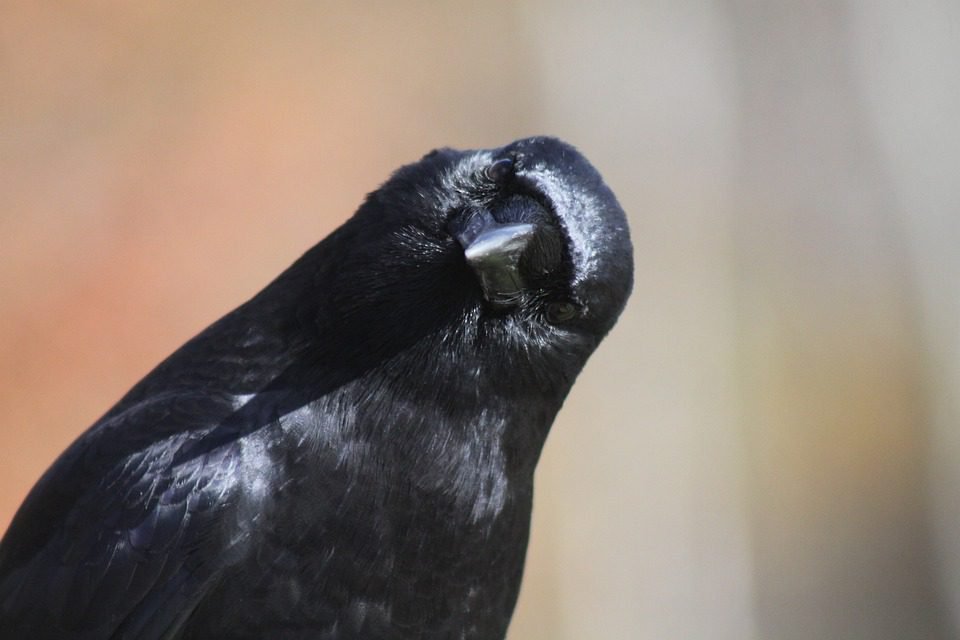

Quizzical Head Tilt
The tilt of the head, combined with their bright eyes and charming expressions, creates an endearing image that many bird admirers find irresistible.
Purpose Behind the Head Tilt
One of the main reasons birds tilt their heads is to improve their depth perception. By tilting their heads, birds can better view their surroundings and accurately judge distances. This is particularly useful when locating prey or navigating complex environments such as dense foliage or cluttered branches.
Another reason for the quizzical head tilt is to enhance their hearing. Birds have a unique auditory system that allows them to precisely locate the source of sounds. By tilting their heads, they can better pinpoint the direction from which a sound is coming.
The quizzical head tilt is often associated with social interactions and bird communication. When birds tilt their heads during interactions with other birds, it can signal their attentiveness and engagement.
7. Charming Chirps
Birds have a wide range of charming chirps that contribute to their cuteness. One of the most endearing aspects of birds is their ability to produce melodious songs and calls.


Charming Chirps
For example, the sweet and melodic songs of songbirds like the nightingale or the canary have captivated humans for centuries. Their chirps’ rhythmic and soothing nature can instantly bring a smile to our faces and evoke a sense of joy and tranquility.
Purpose Chirps Serve
The chirps of birds also play a significant role in courtship and mating rituals. Male birds often use vocalizations to attract potential mates and establish their territory.
The intricate melodies and patterns of these chirps serve as a means of communication and demonstrate the bird’s ability to provide for its offspring. This aspect of birds’ chirps adds to their cuteness by highlighting their dedication to reproduction and the survival of their species.
Diversity of Sounds
Each species has unique vocalizations, ranging from high-pitched trills to low and resonant calls. This variety adds to the charm of birds, as it showcases the incredible adaptability and complexity of their vocal abilities.
Whether it’s the cheerful chirping of a sparrow or the distinctive call of a peacock, these sounds have the power to captivate our attention and make us appreciate the beauty of nature.
The Chirping of Baby Birds
Additionally, the chirps of baby birds, known as fledglings, are undeniably adorable. These chirps are often soft, high-pitched, and filled with innocence.
Baby birds use these chirps to communicate with their parents, signaling hunger, discomfort, or the need for protection. The vulnerability and helplessness conveyed through their chirps evoke a nurturing instinct in humans, making us find them irresistibly cute.
8. Playful Personalities
Birds are known for their playful personalities. They can exhibit playful behaviors, like hopping or sliding down surfaces, which are considered cute.
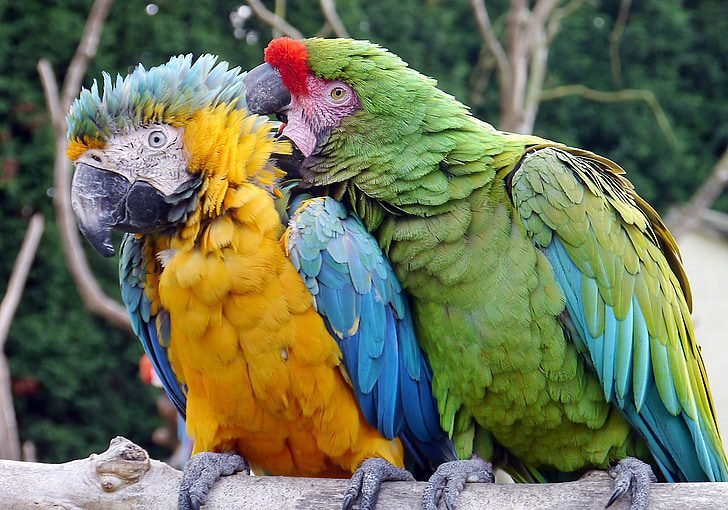

Playful Birds
One example of playful behavior in birds is their use of toys. Some birds, such as parrots, are known to enjoy playing with toys that are specifically designed for them. These toys provide mental stimulation and enrichment, keeping the birds entertained and preventing boredom.
Developing Skills
Play behavior helps birds develop skills such as coordination and agility, which are essential for survival in the wild. Play also allows birds to socialize and bond with others of their species, strengthening their social connections and promoting cooperation within their flocks.
Observing birds engage in play can be a delightful experience for bird admirers, showcasing their joyful and lighthearted nature.
Playful Behavior in Birds
Birds may interact with toys by manipulating, tossing, or dismantling them. This playful behavior keeps the birds engaged and allows them to exercise their beaks and claws, essential for their overall health and well-being.
Birds also exhibit playful behavior through their vocalizations. Some birds engage in mimicry, imitating the sounds of other birds, animals, or even human-made noises.
This mimicry is a form of communication and a playful act. The ability to mimic different sounds showcases the birds’ intelligence and adaptability, adding to their overall charm and cuteness.
9. Cute Courtship Rituals
Some bird species have unique and quirky mating rituals, which can be considered cute. These rituals often involve elaborate displays of color, sound, and movement.
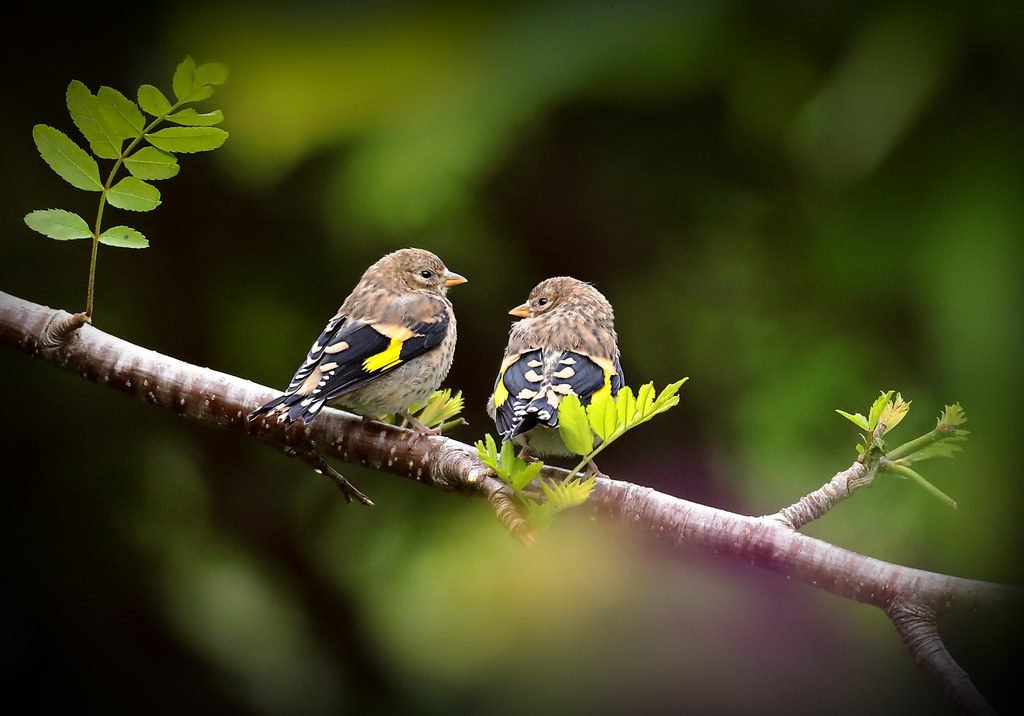

For example, male birds may puff out their feathers, spread their wings, and perform intricate dances to impress females.
Some Unique Courtship Rituals
- One example of a cute courtship ritual is the sky dance performed by the male Wilson’s bird-of-paradise. This tiny bird, native to New Guinea, has a striking appearance with bright blue and orange plumage.
- The male climbs to a high perch during courtship and begins an elaborate dance routine. He extends his wings, spreads his tail feathers, and bobs his head while making unique calls.
- Another adorable courtship ritual is the nest-building behavior exhibited by many bird species. Male birds often take on the responsibility of constructing intricate nests to attract females.
- Some bird species engage in playful courtship rituals and proudly showcase one’s feet to the female. For instance, the male blue-footed booby performs a unique courtship display involving its vibrant blue feet.
- During the ritual, the male lifts one foot at a time and proudly displays its bright blue color to the female.
10. Graceful Flight
Birds’ graceful flight results from their unique adaptations, exceptional flight skills, and efficient aerial abilities. Their ability to navigate the skies with elegance and precision is a captivating sight that adds to their overall cuteness.
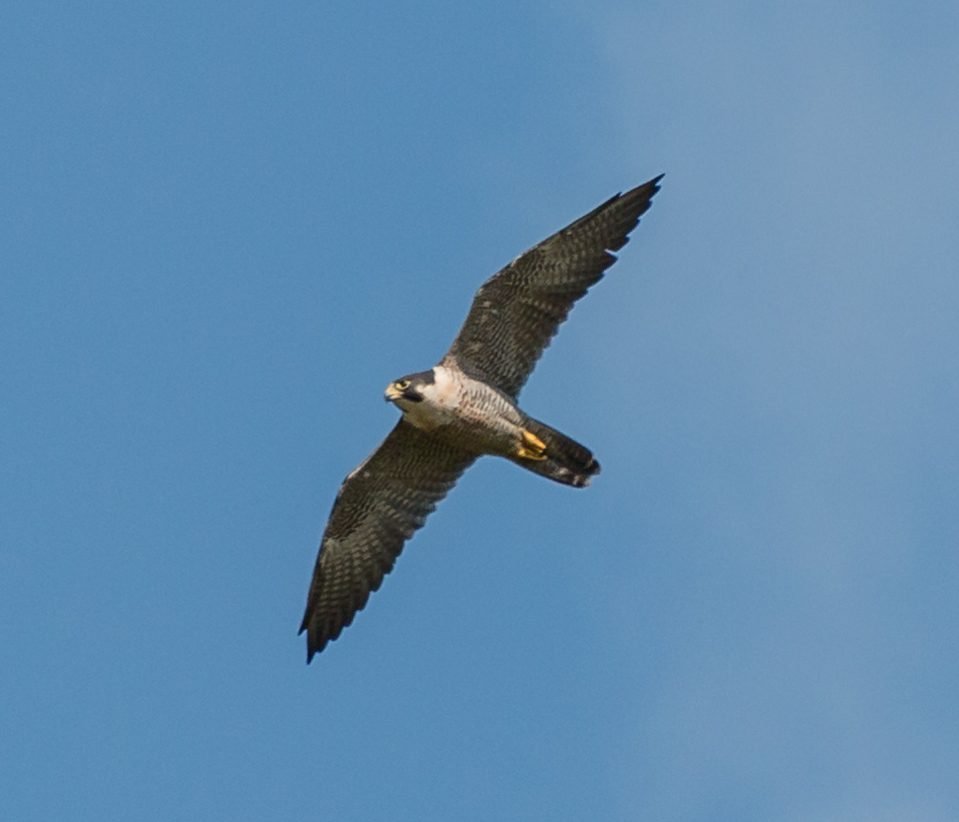

Unique Anatomy
The secret behind birds’ graceful flight lies in their lightweight bodies, hollow bones, and streamlined shape, which reduce air resistance, enabling them to achieve high speeds and maneuverability.
Additionally, their wings are designed to generate lift, allowing them to stay aloft for extended periods.
Remarkable Flight Skills
Birds have excellent coordination and control over their wing movements, allowing them to make precise adjustments in flight. This enables them to change direction swiftly, dive and ascend rapidly, and even hover mid-air.
Their ability to effortlessly navigate the air is a testament to their exceptional flight skills and adds to their overall charm and cuteness.
Conclusion
In carefully examining our feathered friends’ most adorable traits, one can’t help but develop a newfound admiration for how extraordinary birds truly are. So, let us continue to be captivated by their flamingo-pink feathers, robins’ blue eggs, nightingale songs, and soaring falcon flights. Here’s to the birds, creating a cheerful symphony of life in the sky because there is no denying it: birds are indeed enchantingly and irresistibly cute.
